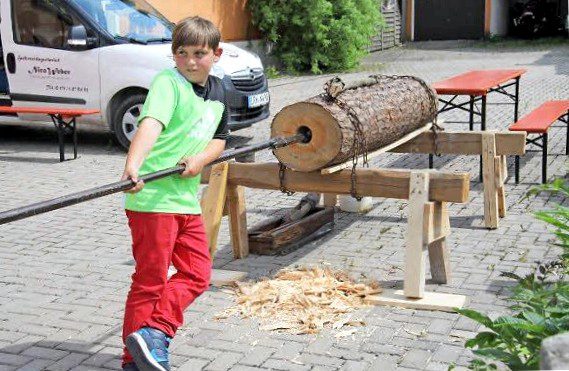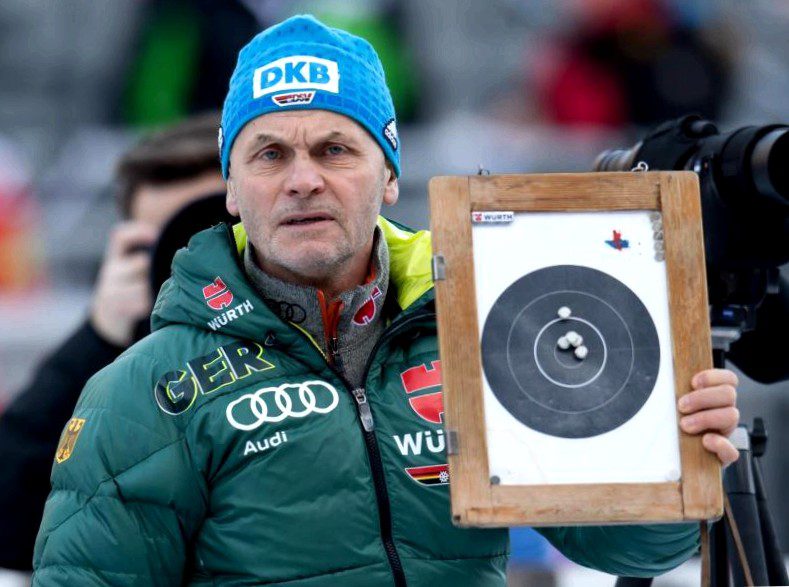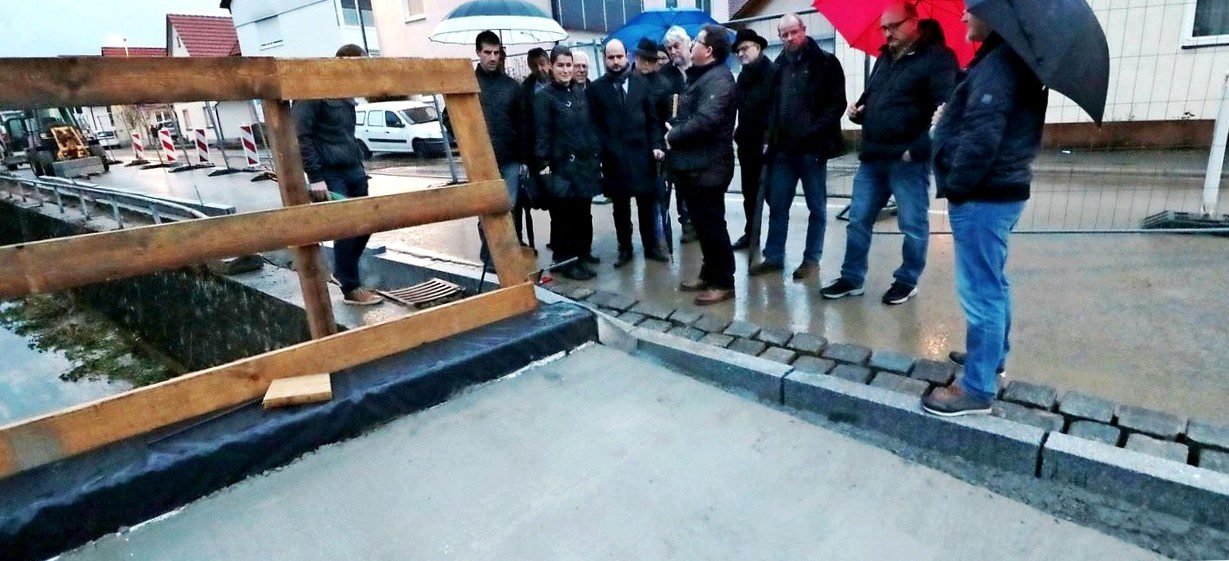
That is why the 725. A field forge was set up in the center of the town to demonstrate the craftsmanship that was once required for the event. The profession of the blacksmith has lost nothing of its originality over the centuries. The farrier swings the hammer and makes the irons glow. So is farrier nico weber from kairlindach. Within a short time, weber formed horseshoes in all rough shapes on his anvil, but also tools, and iron letters became small works of art.
The activity of the dyke-turner has also been largely forgotten, even though their skills were once in great demand in the region. People who practiced this profession pierced tree trunks to make water pipes from them. The drill had to be guided exactly horizontally, which required great manual skill and made the job of the tiller maker a highly respected profession. The hollow tree trunks were then connected on both sides with metal rings, the so-called deichel rings. These were hammered into the stirnholz and if leaky subsequently sealed with pitch or asphalt. To protect the finished dikes from dry cracks, they were stored in ponds and ponds. Dykes were used not only for drinking water pipelines, but also, among other things, for brine pipelines – for the former salt works, for example. The boys, in particular, practiced twisting the dike on the tree trunk provided and worked up a sweat in the process.








